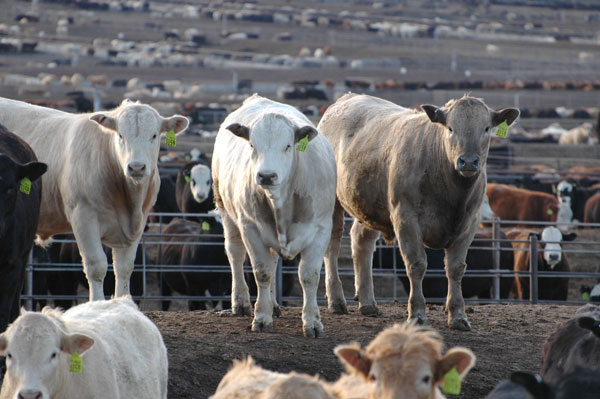The market’s current value ($215/cwt.) equates to over $1,600/head and mandates an investment in excess of $100,000 to fill a truck.
July 2, 2014

At this time last year, Rabobank released a new report regarding the status of rebuilding the cowherd. Entitled “North American Beef: The Liquidation Continues,” one of the most important comments within that report stated that, “…before the U.S. cattle industry can begin to fully rebuild after several years of contraction, it is necessary for equity recovery to take place in the cattle feeding sector.” Some of that is occurring now with the market’s recent run.
However, higher prices are a double-edged sword. On one hand, they mean more revenue coming into the feeding operation; on the other hand, they also mean greater capital investment to procure feeder cattle. The market’s run of late has been especially strong on the feeder side of things.
Subscribe now to Cow-Calf Weekly to get the latest industry research and information in your inbox every Friday!

To get some sense of the impact of the market’s influence, the accompanying graph above represents the equity investment on a per-head basis over time. The market’s current value ($215/cwt.) equates to over $1,600/head and mandates an investment in excess of $100,000 to fill a truck.
Clearly, this is increasingly a high-stakes game. Cattle feeders have to operate with great discipline in their purchases. Buying future replacements will have to be managed very carefully in an effort for feedyards to rebuild and maintain some equity.
How do you see the ever-increasing requirement for capital shaping the business in the future? Will it ultimately limit the ability for some to stay in business and further drive consolidation? If so, how might that influence the market over time and translate back into the cow-calf sector? Leave your thoughts below.
You Might Also Like:
80+ Photos Of Our Favorite Calves & Cowboys
3 Things You Need To Know About Feeding Moldy Hay
About the Author(s)
You May Also Like





